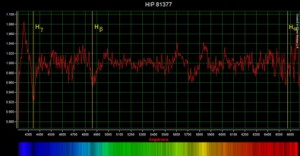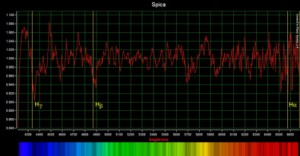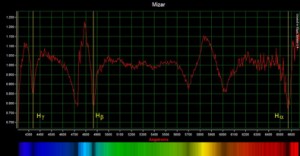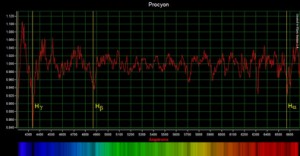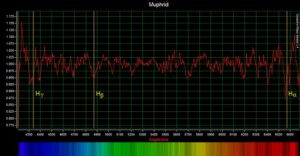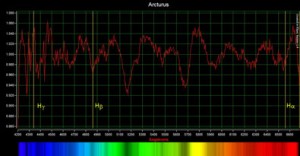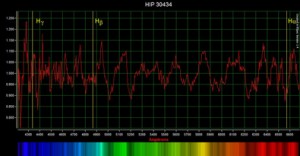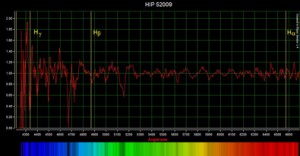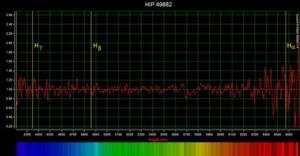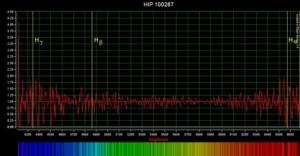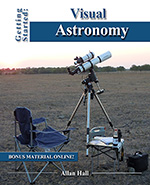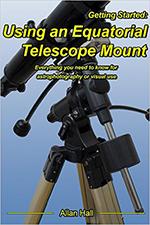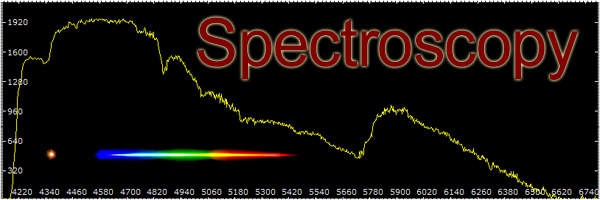

It is my hope that taking these images increases my knowledge of the universe around me. Hopefully it will also help you understand it a little more as well. Take a look around and feel free to use the contact form if you have any questions.
I collected the following spectra with my main imaging scope, an Orion Premium APO Refractor. I am using the RSpec Star Analyser 100 Astronomical Diffraction Grating Filter designed specifically for stellar spectroscopy to create the spectrum. My camera is a Nikon D7000 DSLR. These are processed in Rspec image processing software. Note that these have been corrected for instrument response and normalized:
| |
|
| |
|
| |
|
| |
|
Star Types
There are seven general star types in stellar spectroscopy from hottest to coldest they are O, B, A, F, G, K and M.
The numeral after the type letter is part of the Morgan-Keenan system indicating the tenths of percentage between one type and another. For example there are ten tenths between an A0 and F0, but only one tenth between A9 and F0.
Finally, the Roman numeral is the width of specific absorption lines roughly translating to the size of the star. i represents a supergiant, iii being a giant and v being a main-sequence star.
Other types exist but are not very common, some of which are listed under the seven standard types. Below are some stellar spectroscopy examples of different star types all in one column so you can easily see some differences.
If you are interested in stellar spectroscopy and want more information, I recommend the book Astronomical Spectroscopy for Amateurs by Ken M Harrison.
I hope you enjoyed my page on stellar spectroscopy!
Share this post!





